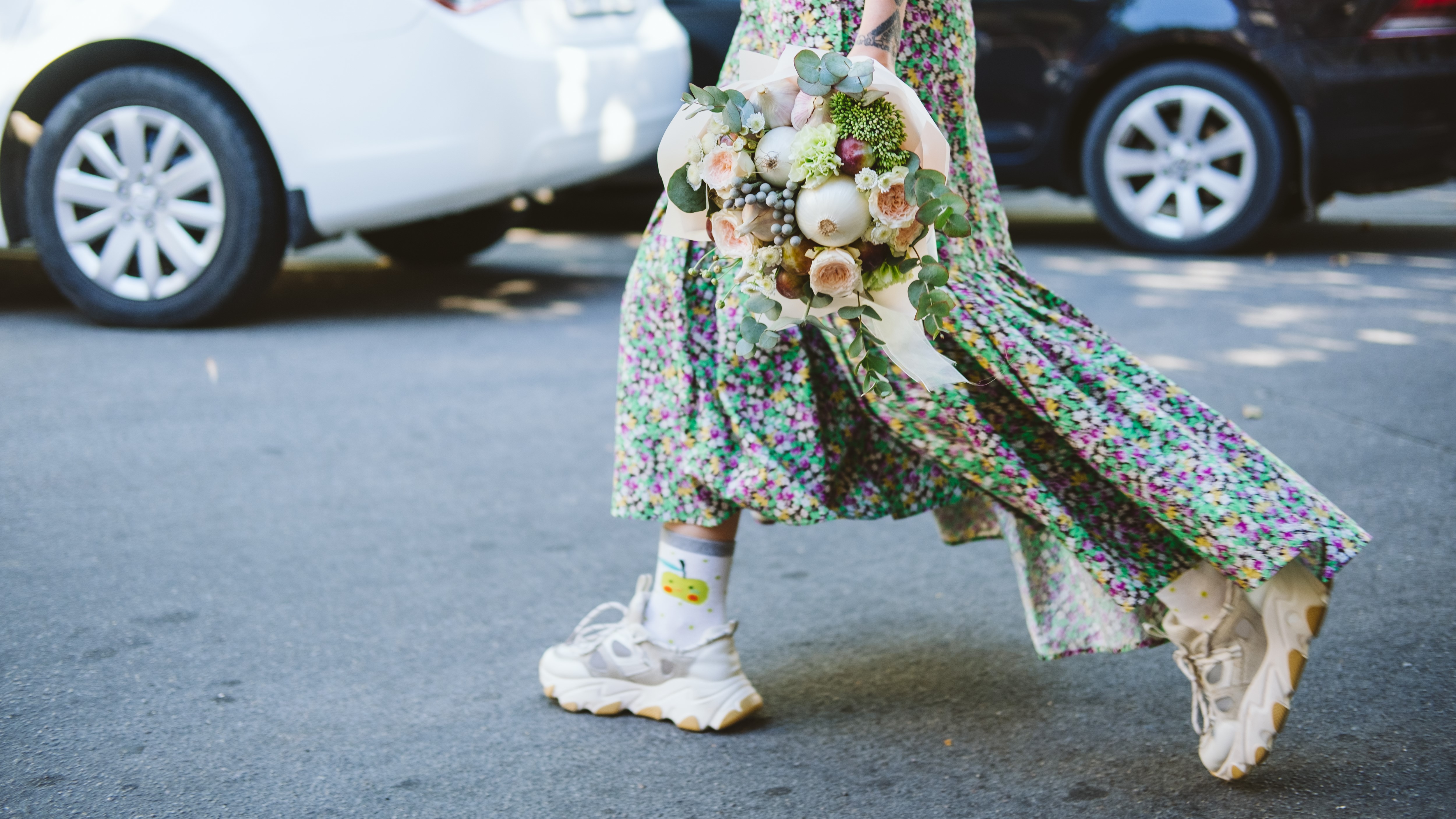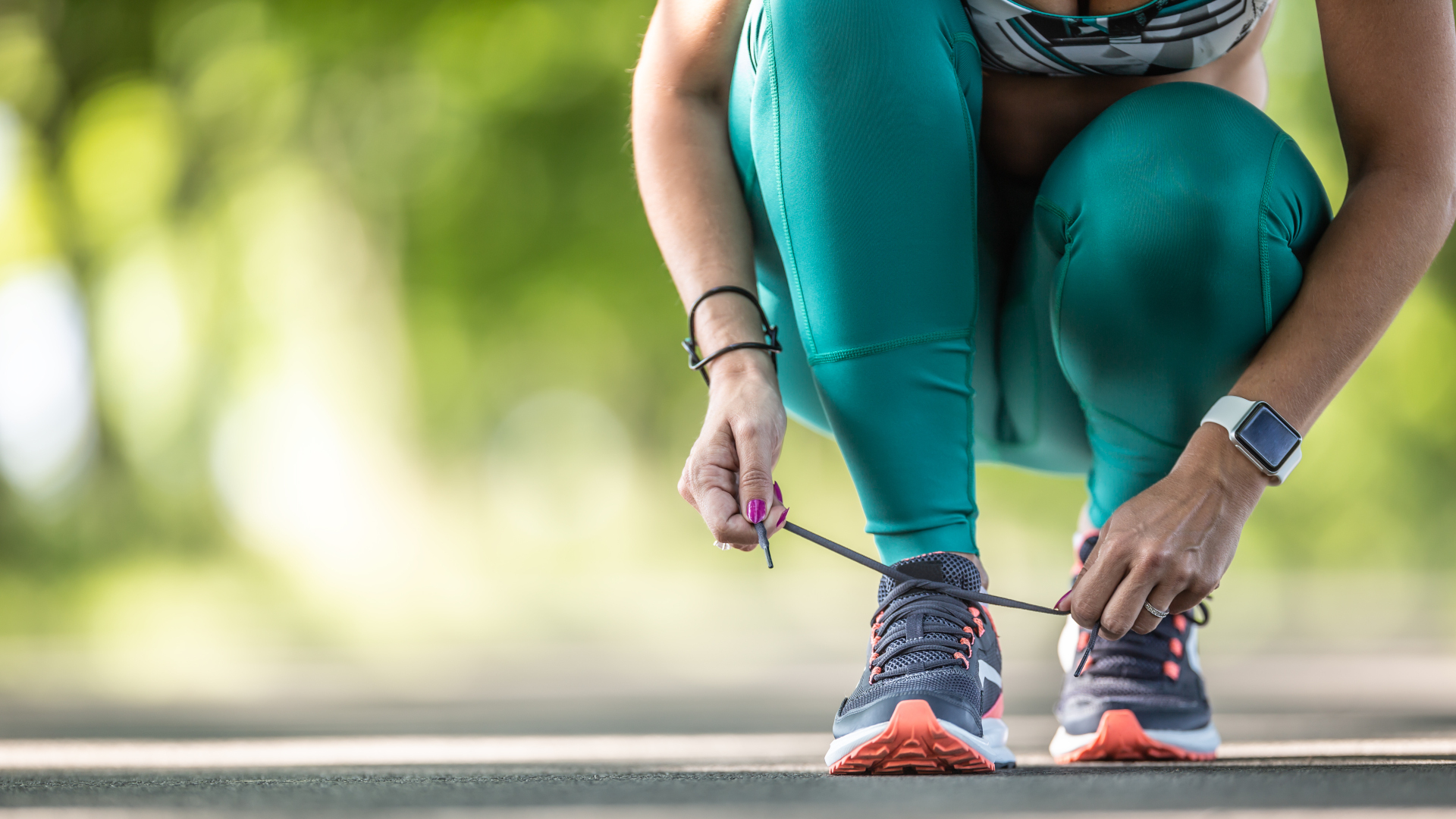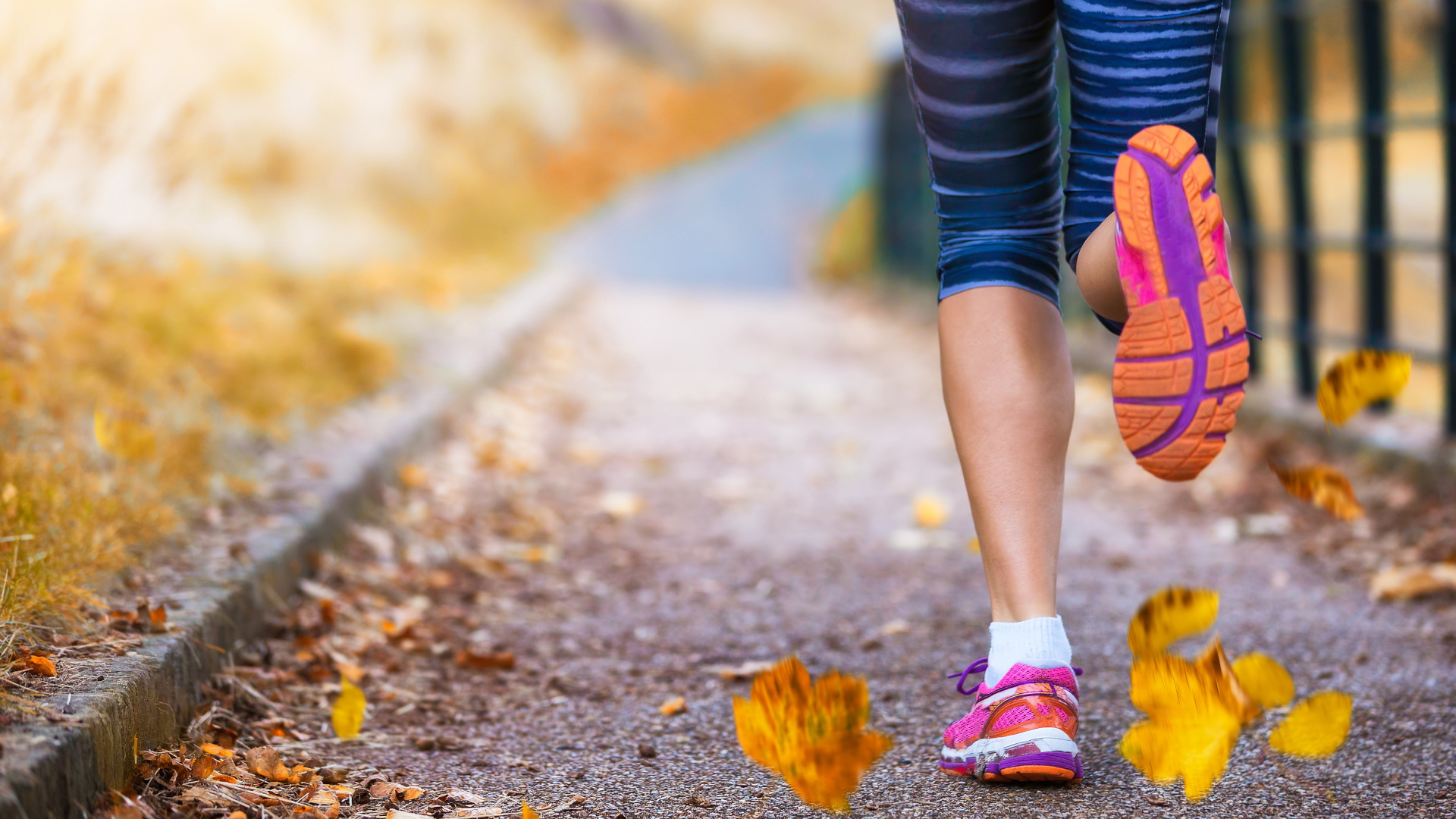Should you wear running shoes for everyday use?
Should you wear running shoes around town, or save them for the trails?

If you’re active and you prioritize comfort in daily life, you might well be eyeing up your favorite running shoes and wondering whether you can wear them for other activities, too. Whether it’s a pair of the best trail running shoes or your lightweight road runners, they probably provide good cushioning under foot, they should have the right drop for your gait and they’re lightweight and breathable – why wouldn’t you wear them to the gym, the supermarket or for the after school pick up?
But should you wear running shoes for everyday use, or save them for the trails? Well, compared to fashion shoes, running shoes do make excellent footwear for casual use, but if you actually, you know, run in yours, you probably want to reserve them for your fast-paced adventures and have another pair (or two) for your other activities – read on to find out exactly why.

1. You’ll keep working the same muscles
There are obviously several different types of running shoes out there, including minimalist and maximalist shoes, that suit different types of running as well as supporting your gait, for example if you overpronate. That said, one thing that all running shoes have in common is that they’ll be designed to support your joints in a very specific movement pattern – mainly linear, forward motion.
For this reason, a single pair of shoes help you work the same muscles all the time, which could sound like a good thing – after all, don’t you want to keep training your running muscles as much as possible? But in fact, studies show that many running-related injuries stem from overuse of the same muscles. Basically, overdeveloping the same muscles and under activating other muscles can lead to limited range of motion, pain and leave you at risk for injury. Switching up your shoes - even if they’re all ultimately some variation on sneakers, will subtly help you recruit different muscles during different activities.
On a related note, a 2013 study in the Scandinavian Journal of Medicine in Science and Sports found that parallel use of different running shoes decreases running-related injury risk by 39%, so you might want to alternate between two or three different types of running shoes when you’re running if you’re going for long distances and frequently.

2. They may not offer the best support for other activities
Assuming you’re wondering if you can wear your running shoes for other sporting activities, this one depends a bit on the type of shoe and the type of activity as well as the conditions underfoot. If you’re just considering wearing your road running shoes for a hike, they won’t quite offer as much protection as you’ll usually need for rocky or slick terrain. Trail running shoes are more appropriate for hiking, and though some hikers argue that hiking shoes are best, many elite athletes do undertake some serious long distance hiking in their trail runners.
But let's say you’re talking about other activities, such as HIIT workouts, racquet sports or weight training – will your running shoes do? In these instances, you’ll be better off using different athletic shoes. For racquet sports and workouts where you move in multiple directions, you’ll want shoes that support lateral movement to help reduce your risk of rolling an ankle, plus you’ll want to find a sole that’s meant for the surface you intend to be moving on. When it comes to gym workouts, you’ll ideally wear a shoe that has a lower profile (ie zero drop, or more of a flat shoe) so that you can get really stable before lifting anything heavy or swinging those kettlebells.
All the latest inspiration, tips and guides to help you plan your next Advnture!

3. You’ll wear them out faster
As a runner, there’s a decent chance that you drop quite a lot of money on each new pair of running shoes, and naturally you want to get the maximum mileage out of them. How often you need to replace running shoes depends on a few factors, such as terrain, gait and your weight, but most recommendations are between 300 and 500 miles. It might not seem as though just wearing your shoes to the post office or the store would add a lot of mileage, but even if you’re only walking five extra miles a week in them, that’s an extra 260 miles a year! You might get close to wearing them out before you even pick up the pace.
To get the most out of your running shoes, it’s best to keep them for running only and reduce the frequency with which you have to replace them. Yes, you’ll have to buy another pair of shoes for other activities, but you can definitely get away with a cheaper pair if they're just for casual use.

4. They might stink!
Sweaty feet aren’t exactly known for their floral bouquet, and a well-used pair of running shoes will probably have a certain, nose-wrinkling odor to them. Now, you might not mind this one, but your colleagues probably don’t want to breathe in your foul foot odor all day long. If you’re wondering about wearing running shoes for a social activity, including work, help your friends and co-workers out and let them enjoy their day (and lunch), fragrance-free. If your running shoes are getting so ripe you’ve started leaving them outside the front door, make sure you read our article on how to clean trail running shoes.
- Best running tops: stay cool and comfortable on the roads or trails
Julia Clarke is a staff writer for Advnture.com and the author of the book Restorative Yoga for Beginners. She loves to explore mountains on foot, bike, skis and belay and then recover on the the yoga mat. Julia graduated with a degree in journalism in 2004 and spent eight years working as a radio presenter in Kansas City, Vermont, Boston and New York City before discovering the joys of the Rocky Mountains. She then detoured west to Colorado and enjoyed 11 years teaching yoga in Vail before returning to her hometown of Glasgow, Scotland in 2020 to focus on family and writing.

